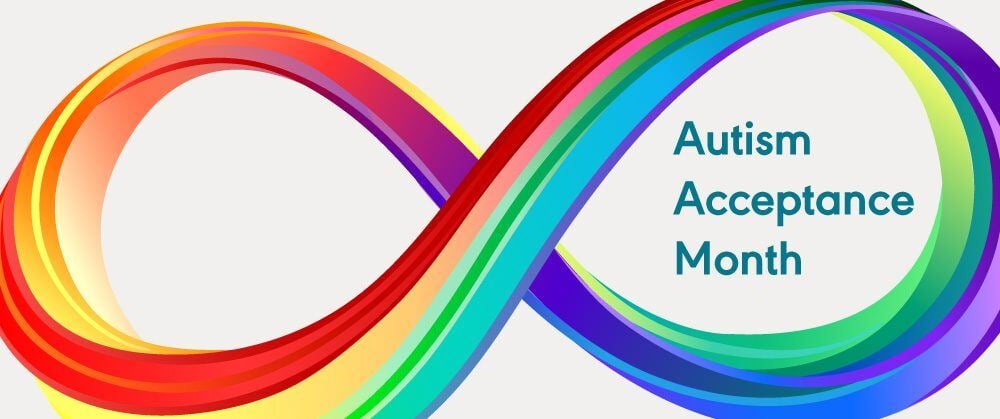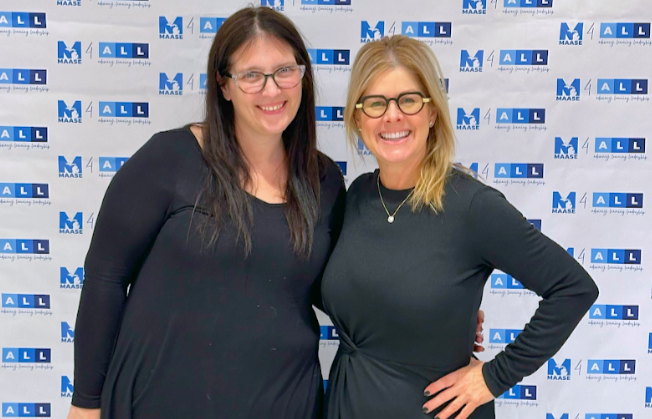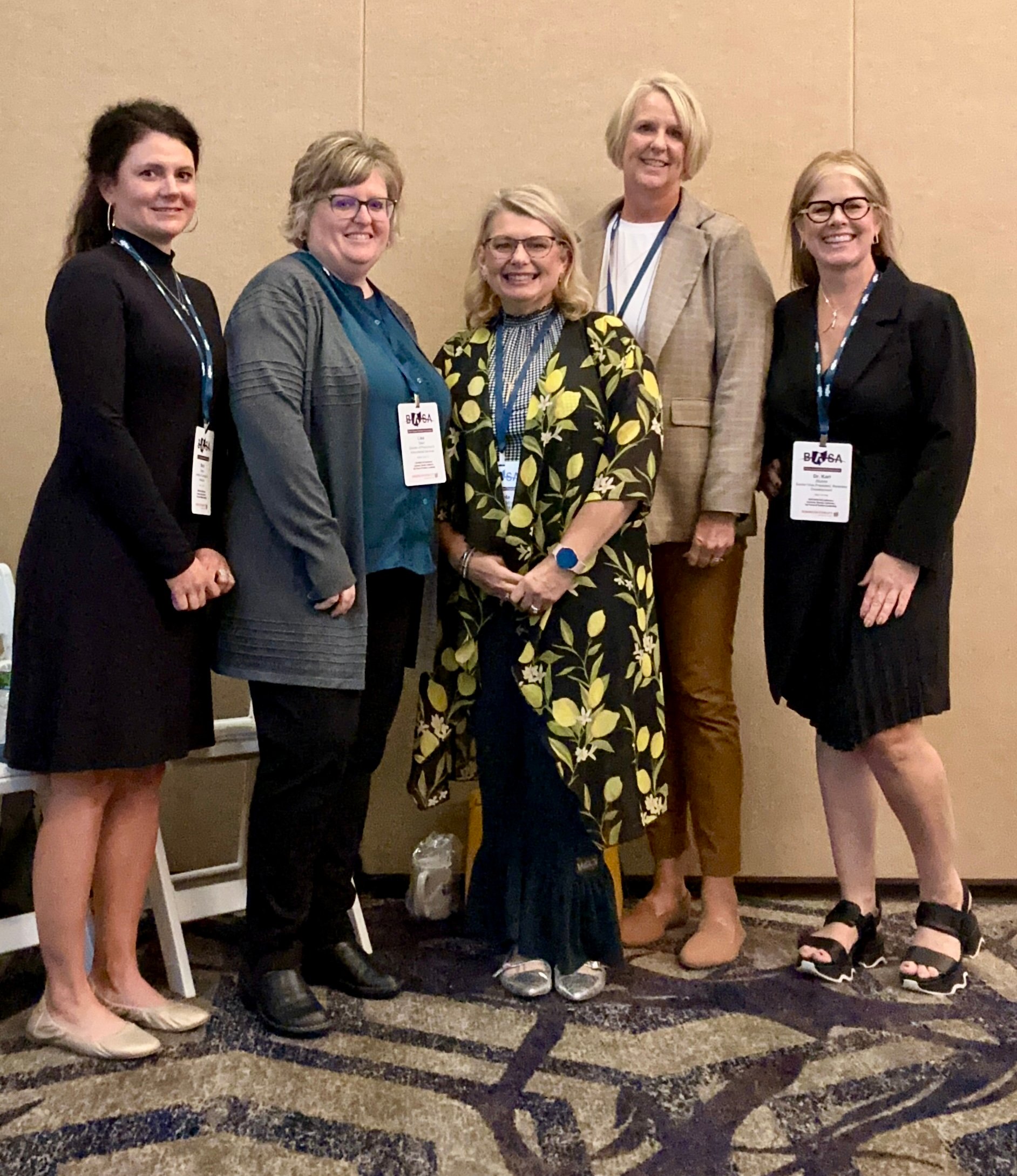Fostering Autism Acceptance in School Districts: A Guide for School District Administrators
April marks Autism Acceptance Month, a time to celebrate and support autistic individuals, culminating in World Autism Awareness Day on April 2. As a school district administrator, you have the unique opportunity to champion acceptance, improve district-wide understanding, and encourage best practices that support autistic students. Here are several meaningful steps you can take this month—and year-round—to promote autism acceptance across your entire district.
1. Provide Professional Development on Autism Acceptance
- Offer Staff Training: Host workshops or bring in experts—ideally including autistic self-advocates—to train teachers, specialists, and support staff on topics such as recognizing autistic traits, implementing accommodations, and creating inclusive lesson plans.
- Continuous Learning: Encourage staff to complete ongoing professional development related to neurodiversity, so that they remain informed about evolving best practices and up-to-date research.
2. Introduce Inclusive Symbols and Colors
- Wear Blue (or Explore Alternatives): Many schools and organizations “Light It Up Blue” on April 2 in honor of World Autism Awareness Day. You could invite staff, students, and families to wear blue and share district-wide photos on social media using #LightItUpBlue or your own district’s hashtag.
- Recognize Other Symbols: Some autistic communities prefer alternative symbols, such as the rainbow infinity sign (representing the diversity of the autism spectrum) or even the color red (#RedInstead) as a call to action. Offering these options can foster a sense of respect and choice.
3. Foster a Culture of Educational Awareness
- Age-Appropriate Lessons: Encourage teachers and counselors to incorporate lessons about neurodiversity and acceptance. For younger students, this might involve storybooks or structured classroom discussions; for older students, it could include project-based learning or presentations by autistic individuals.
- Family Workshops: Host evening or weekend workshops for families to learn about autism acceptance, share experiences, and connect with local advocacy groups. This can help build a community of support both within and beyond the classroom.
4. Engage Students in Peer Awareness Activities
- Peer Mentorship Programs: Provide structured opportunities for students to act as “buddies” or mentors to autistic classmates. Encourage cooperative learning activities and social clubs that help build natural friendships and nurture empathy.
- Classroom Activities: Suggest inclusive projects (e.g., collaborative art, team-building exercises) that encourage students of all abilities to work together. Make sure all classrooms have quiet or sensory-friendly spaces for any student who might need them, not just those with identified accommodations.
5. Coordinate Walks, Runs, or Other Community Events
- District-Wide Activities: Organize a local autism acceptance walk or fun run, inviting the entire community—families, staff, students, local businesses—to participate. Use the event as an opportunity to raise awareness, fundraise for local autism support programs, and celebrate district achievements in inclusive education.
- Collaborative Efforts: Partner with local or national organizations (e.g., the Autism Society, Autistic Self Advocacy Network, or others) to co-host awareness events or to promote volunteer opportunities for staff and students.
6. Volunteer and Outreach Opportunities
- District Volunteer Days: Work with special education teachers, community centers, or local nonprofits to identify volunteer roles that administrators, staff, students, and families can fill. This might involve supporting inclusive after-school programs, organizing reading buddies, or participating in local resource fairs.
- Promote Inclusion Beyond April: Encourage ongoing service learning. For instance, high school students might volunteer as aides in inclusive summer camps or community programs supporting autistic youth.
7. Elevate Autistic Voices and Share Personal Stories
- Celebrate Student Achievements: Spotlight autistic students’ interests, achievements, and perspectives in district newsletters, at school board meetings, or on social media—always with the student’s permission and input.
- Staff and Family Perspectives: Invite teachers, paraprofessionals, therapists, or family members with insights into autism to share their stories at staff meetings or community events. Personal narratives can shift mindsets and spark new approaches to inclusion.
8. Support with Resources, Materials, and Donations
- Classroom Tools: Ensure every school has access to evidence-based materials—like communication tools, social-emotional learning games, and sensory supports. Consider building a “lending library” of resources that teachers and families can borrow.
- District Wishlist: Partner with your parent-teacher associations to create a wishlist for items that promote sensory-friendly environments—such as wiggle cushions, fidgets, or visual schedules. Invite local businesses or community members to donate.
9. Keep Acceptance Going All Year
While April is a special time to celebrate Autism Acceptance Month, the need for inclusive practices, thoughtful advocacy, and ongoing support doesn’t end when the month is over. As a school district administrator, you can:
- Implement Lasting Policies: Review district policies on special education, discipline, and classroom inclusion to ensure they reflect current best practices and truly support autistic students.
- Maintain Open Communication: Encourage regular feedback from teachers, parents, students, and specialists about how to continually improve inclusion.
- Celebrate Neurodiversity Year-Round: Schedule additional opportunities for awareness and acceptance—such as a “Neurodiversity Week” in the fall or ongoing professional development sessions.
Helpful Links and Resources
- United Nations - World Autism Awareness Day
World Autism Awareness Day -Learn about the history of this annual event and related global initiatives. - Autism Society of America
Events and Fundraisers - Find information on national and community-based events, as well as volunteer opportunities. - Autistic Self Advocacy Network (ASAN)
AutisticAdvocacy.org -Offers resources, workshops, and advocacy materials centered on the motto “Nothing About Us, Without Us.” - Autism Speaks
Events Calendar - Lists walks, runs, and other gatherings—useful if your community is interested in participating or hosting a similar event. - Local and Regional Resources
- State Autism Organizations: Many states have autism-specific groups that offer teacher training and support.
- Parent & Family Support Groups: Local groups can bridge the gap between home and school, ensuring consistent advocacy and inclusive opportunities.
By weaving these activities and policies into your district’s culture, you’ll not only acknowledge the importance of Autism Acceptance Month but also build a supportive educational environment for autistic students throughout the entire school year. Each step—big or small—brings us closer to a future where every student can thrive academically, socially, and emotionally.
Thank you for championing inclusive education and fostering a community where autistic students feel valued, respected, and able to reach their fullest potential.





